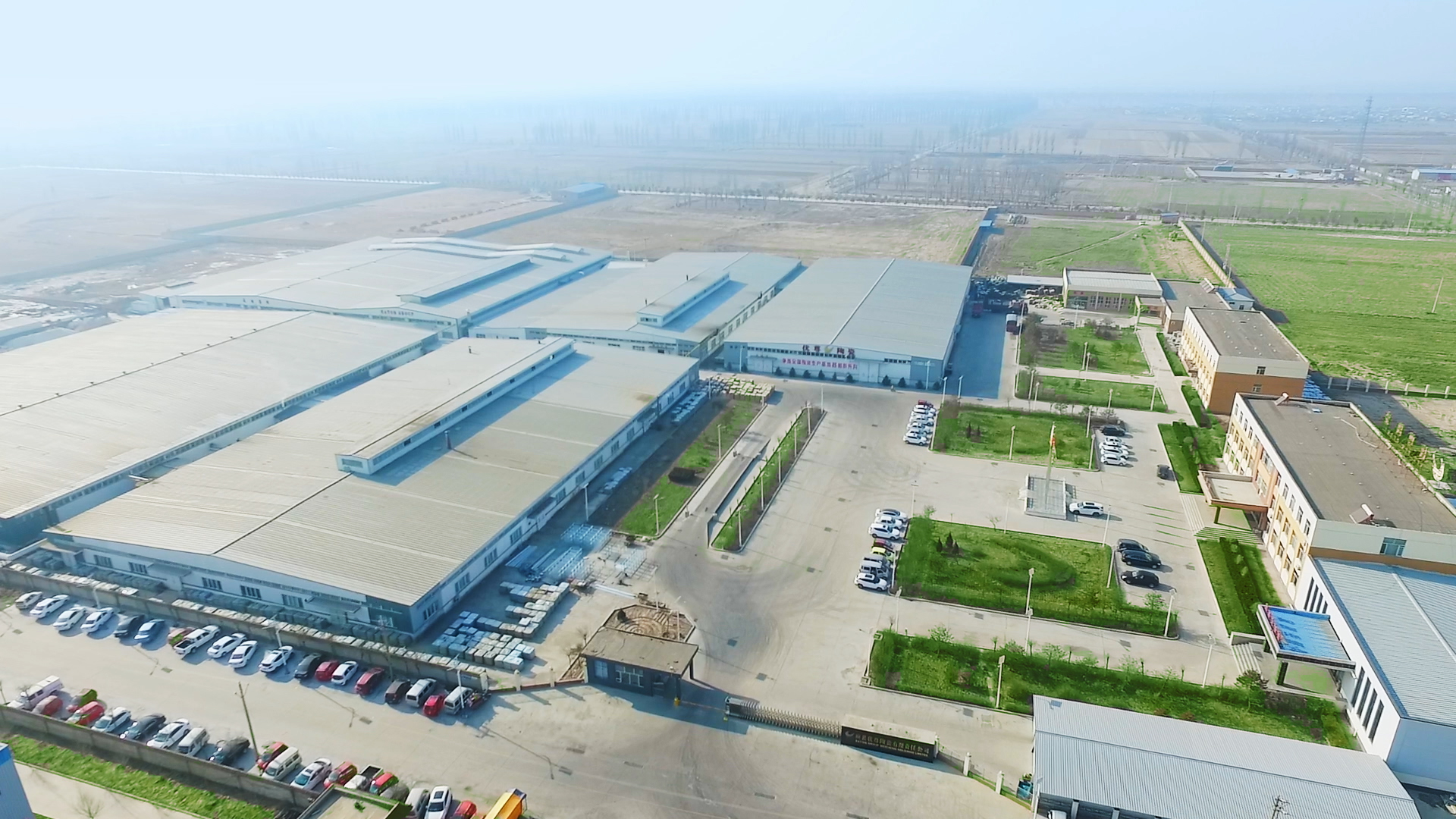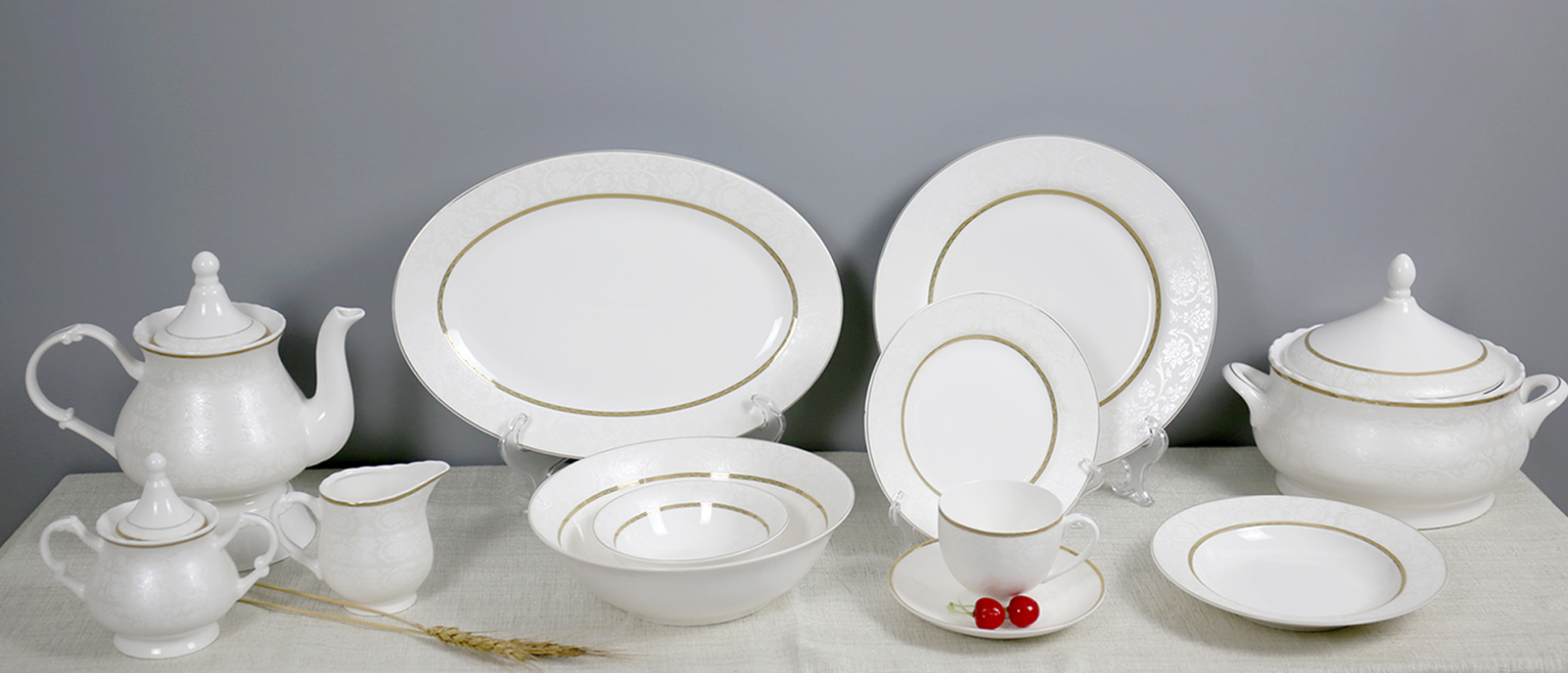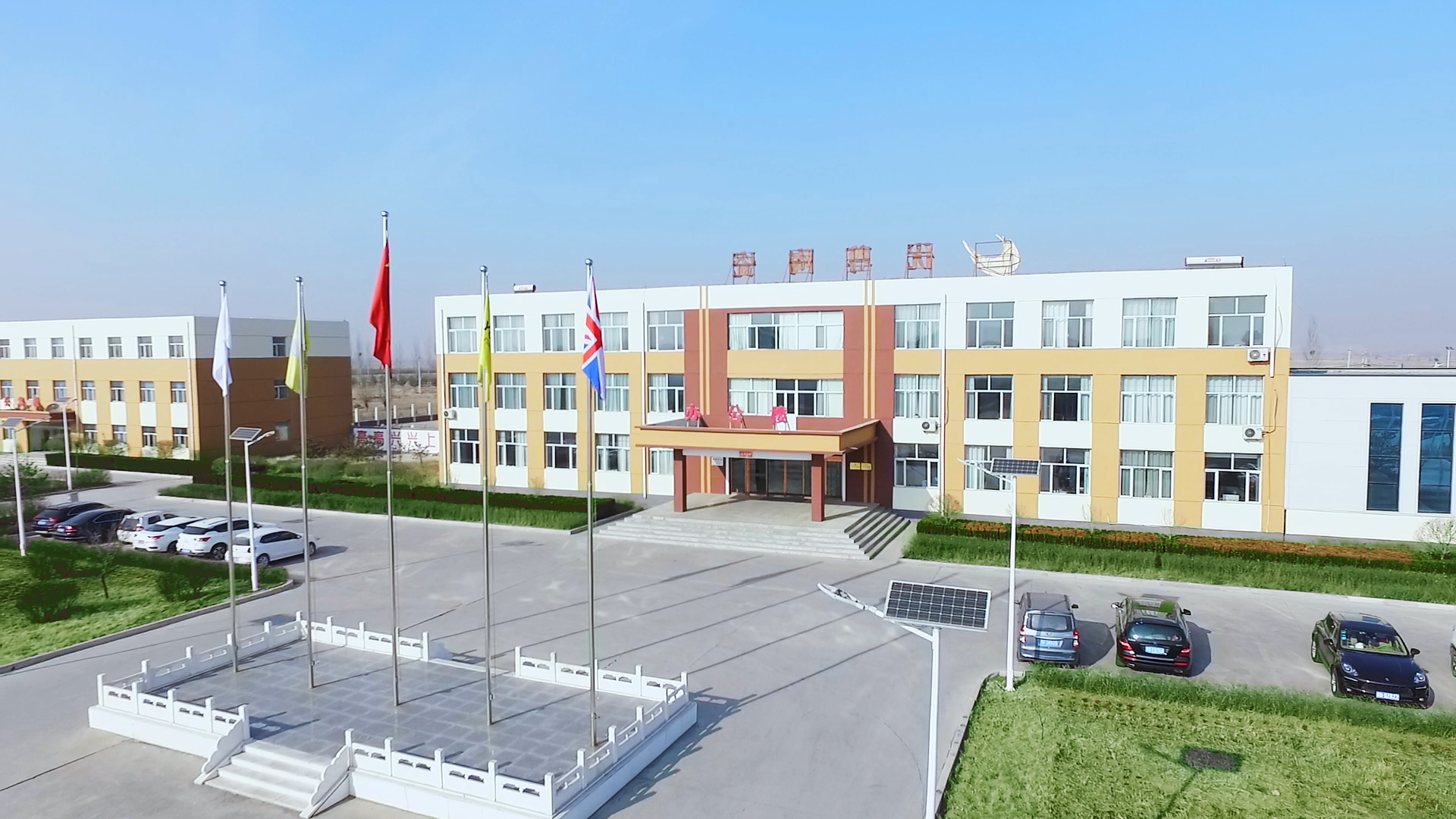Reactive glaze dinnerware is a type of ceramic dinnerware that is known for its unique and unpredictable patterns and colors. But it also has some disadvantages.The major potential disadvantages of reactive glazed tableware include:
Low yield: The higher the firing temperature of porcelain, the greater the change, and the lower the yield. Reactive glaze porcelain is a phenomenon that the glaze color undergoes a special change during high-temperature firing, so the yield of reactive glaze will be very low.
Higher cost: Reactive glaze tableware is typically more expensive than standard tableware, which may not be feasible for some budgets.
Therefore, in order to improve the yield of reactive glaze and reduce the production cost of reactive glaze, porcelain factories use reactive decal technology to improve this problem.
What are the advantages of Reactive decal compared to reactive glazed?
Reactive decal and reactive glazed are two different techniques used to create decorative surfaces on ceramic products.
Reactive decal involves printing an image or pattern onto a special paper using reactive inks, and then transferring the design onto the ceramic surface using heat and pressure. The reactive inks in the decal react with the glaze during firing, creating unique and unpredictable patterns and colors.
Reactive glazed, on the other hand, involves applying a glaze to the ceramic surface that contains reactive materials such as metal oxides. When the piece is fired, the glaze reacts with these materials, producing distinctive patterns and colors.
Here are some advantages of reactive decal over reactive glazed:
1.Greater precision and consistency: Reactive decal allows for precise and consistent reproduction of the desired design, ensuring that each piece looks the same. In contrast, reactive glazed patterns can be unpredictable, making it difficult to create uniform products.
2.More flexibility in design: With reactive decal, designers have more freedom to create intricate and detailed designs that are difficult to achieve with reactive glaze techniques.
3.Lower cost: Reactive decal is generally less expensive than reactive glaze, since it requires fewer specialized materials and equipment.
4.More environmentally friendly: Reactive decal produces less waste and uses fewer toxic chemicals compared to reactive glazed, making it a more environmentally friendly option.
Sharpdawson currently supports the reactive decal process instead of reactive glaze, which can help more customers reduce costs and shorten lead times. If you are interested in this craft, please contact us: salesdepartment@sharpdawson.com









